5 consoles that flopped so hard you probably don’t know them all
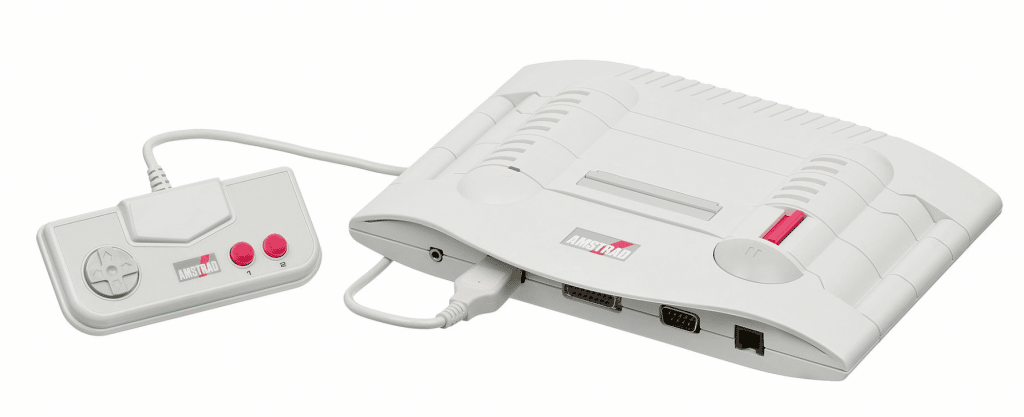
Console wars raged long before PlayStation and Xbox. In this article we will introduce you to consoles that hardly anyone knows because they completely flopped.
Before Sony, Microsoft and Nintendo had established themselves as the undisputed giants on the console market, a wide variety of manufacturers tried to gain a foothold in the gaming industry every year. Names like Sega, Atari or Commodore will be familiar to most people here.
Their consoles have come and gone, but left their mark on gaming history and paved the way for innovation. But there were others whose life span was so short and the flop so hard that hardly anyone remembers them today. Here are 5 such consoles.
Amstrad GX4000
During the 80’s and 90’s many toy and tech companies tried to get into the growing console market to get their piece of the money pie. One such company was Amstrad, founded by the British Alan Sugar.
During the 80’s the manufacturer was one of the dominant forces in the British PC market and they wanted to use this position to also get involved in the console wars. That was the birth of the Amstrad GC4000. The hardware architecture of the console was based on the in-house “CPC Plus” home computers and belonged to the third generation of consoles.
The failure of the console was inevitable. At the time of its release in 1990, the competition was already strong. The 8-bit consoles Sega Master Systems and the heavyweight Nintendo Entertainment System (NES) raged on the European market, against which the Amstrad had to assert itself.
In addition, the first 16-bit consoles such as the Sega Genesis appeared at the end of the 80s, against which the 8-bit Amstrad with its small software offer of around 30 games had no chance. It is estimated that the console has sold just 14,000 units.
Zeebo
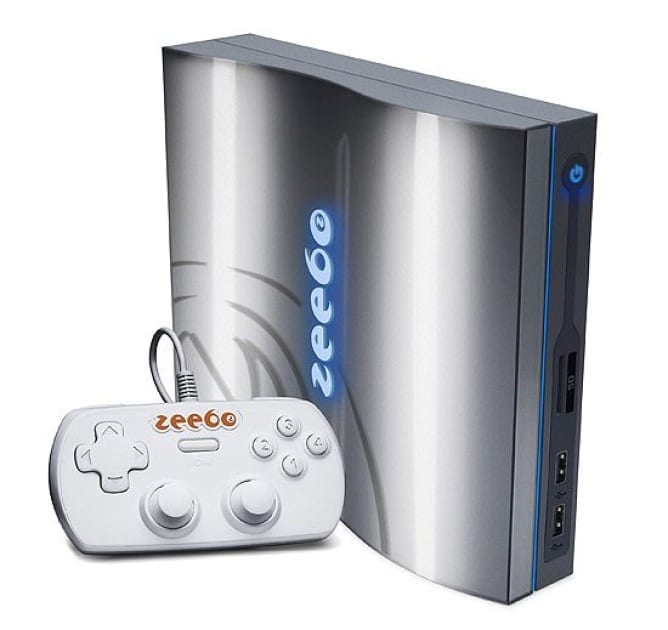
Compared to other consoles on this list, Zeebo is a real youngster. The device appeared for the first time in May 2009, ie 3 years after the Wii and PlayStation 3, and was actually not intended for us at all.
Zeebo was intended to target the middle class in countries such as Brazil and Mexico, with later releases in China and Russia also planned. At a price of 499 Brazilian reals (around €150 then, €94.90 today), it should appeal to customers for whom the consoles from the market leaders Microsoft, Sony and Nintendo were too expensive.
But while the price seems very low to us, it was still too much for customers in Brazil and Mexico. Accordingly, the price fell to 299 real just 6 months after the release.
Another problem was also software. The Zeebo received a whopping 46 titles, many of which were “ports” and adapted versions of existing titles, such as Resident Evil 4 (2005) and Need for Speed: Carbon (2006).
The Zeebo fell well short of its sales target of 600,000 units and ended up selling an estimated 30,000 consoles (via independent.co.uk).
playdia
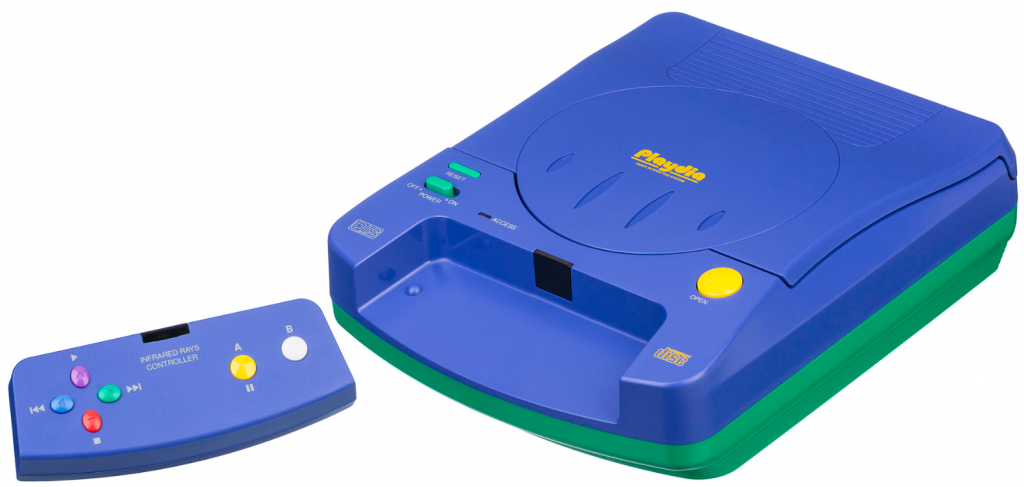
One of the many companies that had tried unsuccessfully to get into the console business was Japanese toy giant Bandai. One of their attempts was Playdia, a fifth-generation 32-bit console controlled by a wireless infrared controller.
To differentiate itself from the competition, which was incredibly diverse and numerous in the 1990s, Bandai went against the trends within the industry at the time. So the Playdia was designed as a console for children, which could be seen both in the colorful appearance and in the associated software.
The games that appeared for Playdia during its short lifetime were less games in the classic sense and more interactive anime and educational software. There was no trace of the correct gameplay, which was already known at the time from Nintendo, Sega and Atari games.
The selection consisted mainly of the in-house Bandai IPs such as Dragon Ball, Sailor Moon and Gundam, with Bandai also being the only manufacturer that had supported the platform. As a result, Playdia received only 39 different titles in total.
It’s unknown how many units Playdia ended up selling, but it fell short of its target of 200,000 consoles and was discontinued in 1996, just two years after its release (via playdia.fandom.com).
Did you know that Apple once released a console?
Nuon
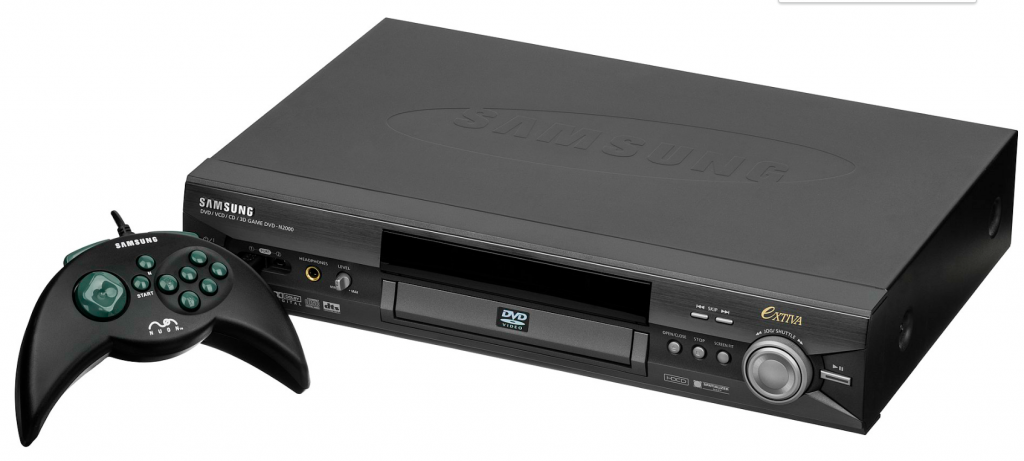
Nuon’s developer, VM Labs Inc., was founded by the former vice president and several former Atari employees, and actually had experience in the console wars.
Her approach to it was a bit backwards though. Released in 2000, the Nuon, while considered a console, was marketed as a multimedia device at best and a DVD player at worst. Also in appearance, Nuon seemed more like a video gamer than a console. The games for Nuon were therefore extremely limited and sometimes completely absurd.
Only 8 games were released for the console, half of which already existed on the PlayStation (via giant bomb). One game was even region-locked and only playable on the Korean version of the console. The same was true vice versa: the Korean Nuon could only play this one game that was exclusive to that region: Crayon Shin-chan 3.
The absurdities went even further, however, as the Nuon had a total of 4 different controllers with different button layouts that looked like copies of either the PlayStation or N64 controllers. But the games weren’t designed to support all 4 controllers and with a bit of bad luck you couldn’t control the newly acquired game properly for your Nuon.
It’s no surprise, then, that the console, despite being one of the first 128-bit consoles alongside the Dreamcast and PlayStation 2, was a complete flop and only sold around 25,000 units.
FM Towns Marty
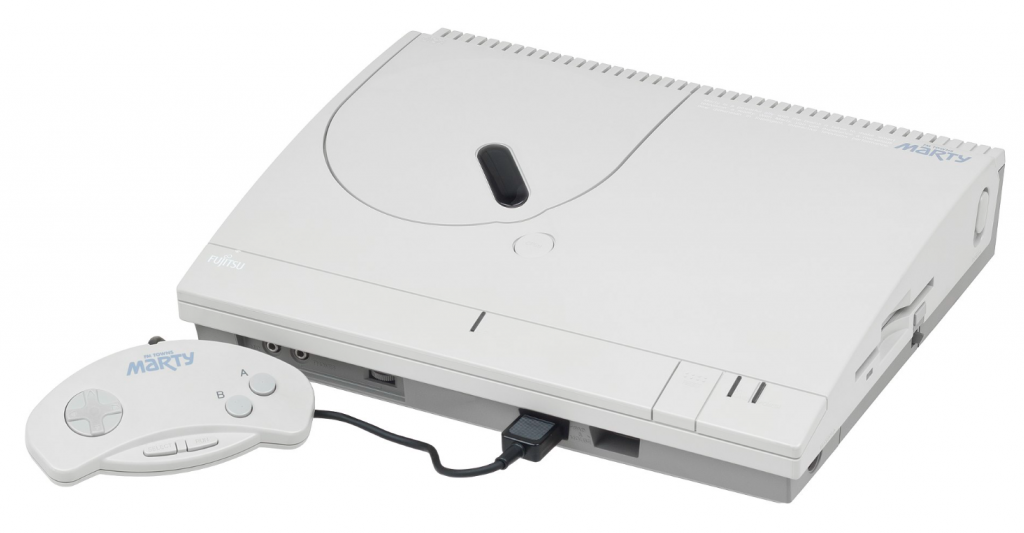
Just because a company is very successful in the tech industry doesn’t mean it has no problem entering the console business. Many companies had to learn this lesson in the 1990s, including Fujitsu.
As a successful manufacturer of PCs, televisions and monitors, Fujitsu decided to extend its influence to consoles and gaming. To this end, the company created the FM Towns Marty console on February 20, 1993, claiming to be the first 32-bit console with a CD drive.
The console was released only in Japan at the whopping price of 98,000 yen, which would be the equivalent of around €1,408 today. It was a hefty sum that was out of the question for many, mainly because of the numerous cheap alternatives.
Sales were so poor that just a year later, Fujitsu released the Marty 2 to draw renewed industry attention. While the 2 in the name made it seem like this was a new console with better or at least different specs, that wasn’t the case. The only difference was the casing, which was a slightly darker gray than the color of the 2nd version.
Unlike the other consoles on this list, the Marty had a near-huge range of games. However, this was because the device was backwards compatible and could play games from Fujitsu’s own FM Towns PCs.
The Marty and Marty 2 are estimated to have sold around 45,000 units together and were an absolute flop after which Fujitsu stayed out of the console wars.
Did you know the consoles on our list? Can you think of any that totally flopped and never gained notoriety? Write us in the comments.
The 5 best MMORPGs on PS4, PS5 and Xbox to play in 2022
Reference-mein-mmo.de